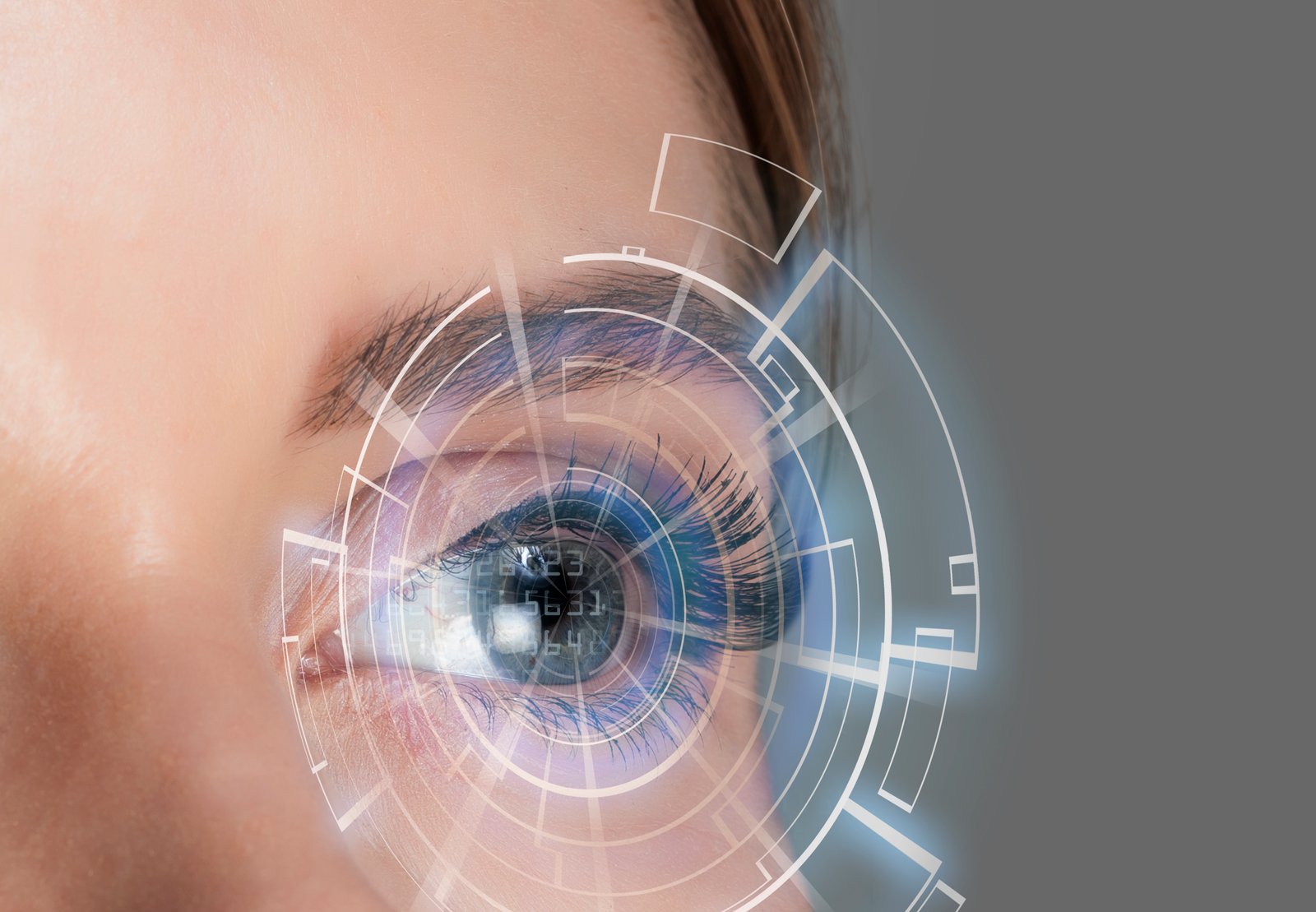Treatments
Laser Eye Treatment
Achieving clear vision without the hassle of glasses or contact lenses is now more accessible than ever, thanks to the advancements in laser eye treatment. This revolutionary procedure has transformed the lives of millions, offering a safe and effective solution for various vision impairments. In this article, we delve into the details of laser eye treatment, its types, benefits, potential risks, and what you can expect before, during, and after the procedure. What is Laser Eye Treatment? Laser eye treatment, also known as laser eye surgery or refractive and laser surgery, refers to surgical procedures that use a laser to reshape the cornea—the clear front part of the eye—to improve vision and reduce a person's need for glasses or contact lenses. The most common types of laser eye surgery include LASIK, LASEK, and PRK. 1. LASIK (Laser-Assisted In Situ Keratomileusis): The most popular type of laser eye surgery, LASIK involves creating a thin flap in the cornea, folding it back, and then reshaping the underlying tissue. 2. LASEK (Laser-Assisted Sub-Epithelial Keratomileusis): Similar to LASIK, LASEK involves creating a thinner flap that only includes the epithelium (the outer layer of the cornea), making it a better option for people with thin corneas. 3. PRK (Photorefractive Keratectomy): Instead of creating a flap, PRK removes the entire epithelial layer, which then grows back over time. It is often recommended for individuals with thin corneas or certain other corneal issues. Benefits of Laser Eye Treatment Laser eye treatment offers numerous benefits, including: - Improved Vision: The majority of patients achieve 20/20 vision or better after the procedure. - Quick Recovery: While it may take a few weeks to achieve optimal vision, many patients notice significant improvements within a day. - Minimal Pain: Most procedures involve little to no pain, and anesthetic drops are used to numb the eyes. - Long-Lasting Results: The results of laser eye surgery are permanent, although some patients might need a touch-up procedure after several years. Preparing for Laser Eye Treatment Before undergoing laser eye treatment, you will have a thorough eye examination to determine if you are a suitable candidate. Your doctor will evaluate your eye health, measure your cornea, and discuss the potential risks and benefits. It is essential to have realistic expectations and understand that while laser eye treatment can significantly improve your vision, it may not result in perfect vision. The Procedure Laser eye treatment is an outpatient procedure, meaning you can go home the same day. The surgery itself typically takes less than 30 minutes for both eyes. During the procedure, you will lie on your back, and anesthetic drops will be applied to your eyes. A lid speculum will be used to keep your eyelids open, and a suction ring placed on your eye helps to keep it steady. The surgeon will then use the laser to reshape your cornea based on the pre-determined measurements. Once the procedure is complete, a shield will be placed over your eye to protect it during the initial healing process. Post-Procedure Care and Recovery After the procedure, you may experience some discomfort, sensitivity to light, or a gritty feeling in your eyes. These symptoms are usually temporary and can be managed with prescribed medication. Laser eye treatment offers a promising solution for those looking to improve their vision and reduce their dependence on corrective lenses. With its high success rate, quick recovery, and minimal discomfort, it’s no wonder that millions of people worldwide have chosen this procedure. However, it is crucial to consult with a qualified eye specialist, understand the potential risks, and have realistic expectations to ensure the best possible outcome. Embrace the future of clear vision and say goodbye to the constraints of glasses and contact lenses with laser eye treatment.

 Türkçe
Türkçe Русский
Русский Кыргызча
Кыргызча Arabian
Arabian Français
Français Deutsch
Deutsch Español
Español



